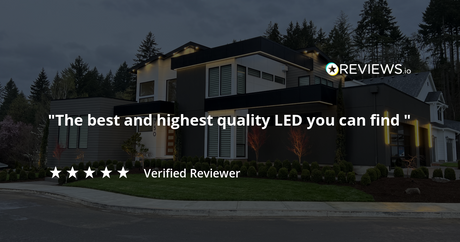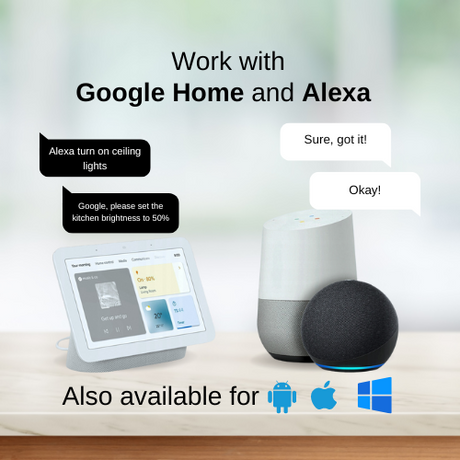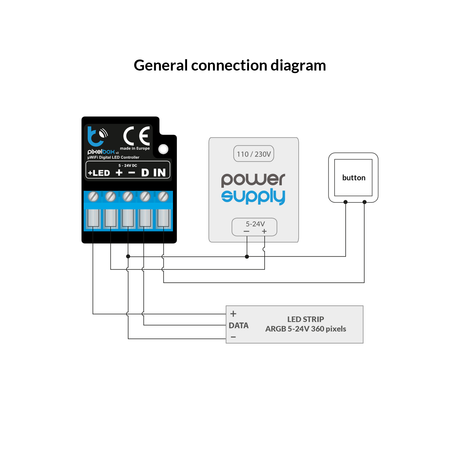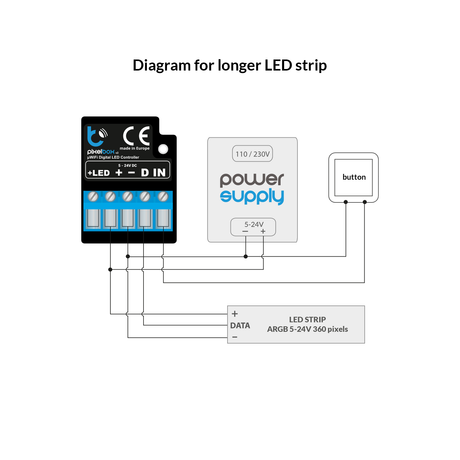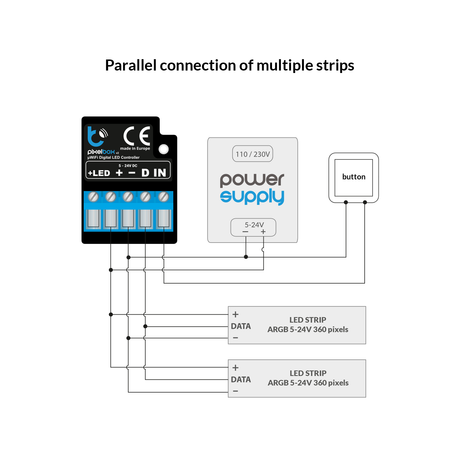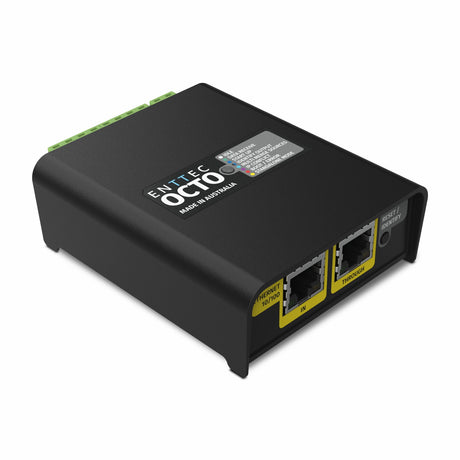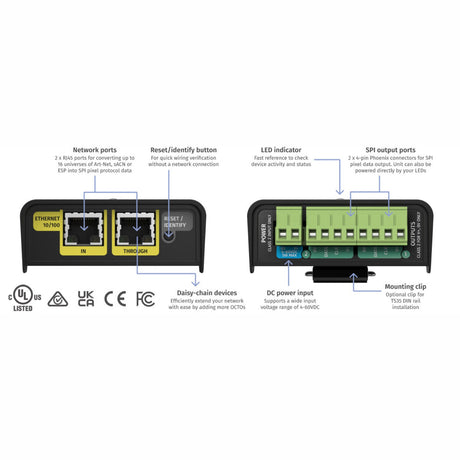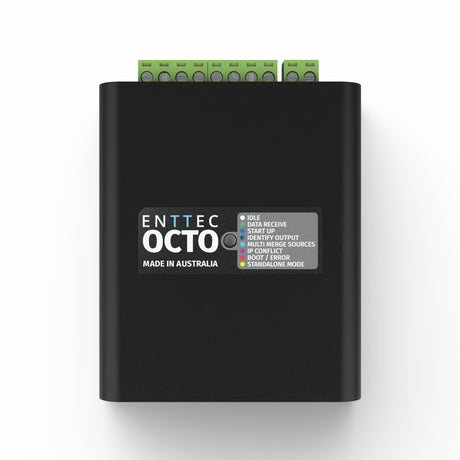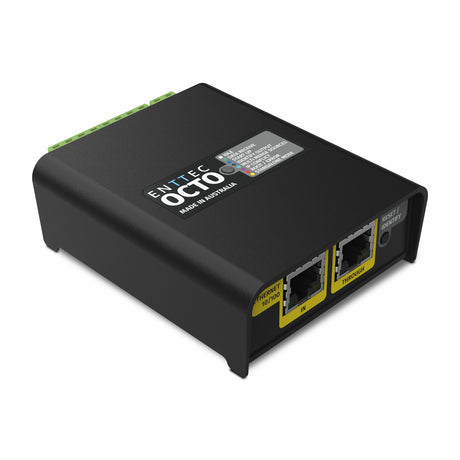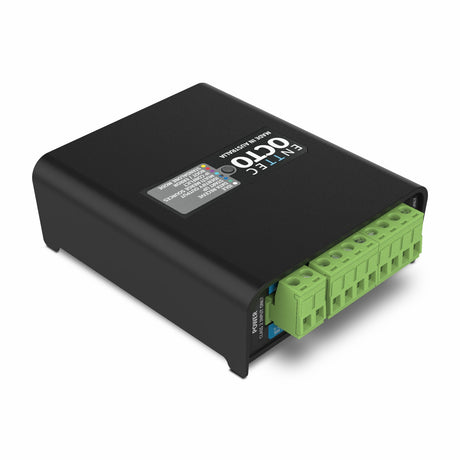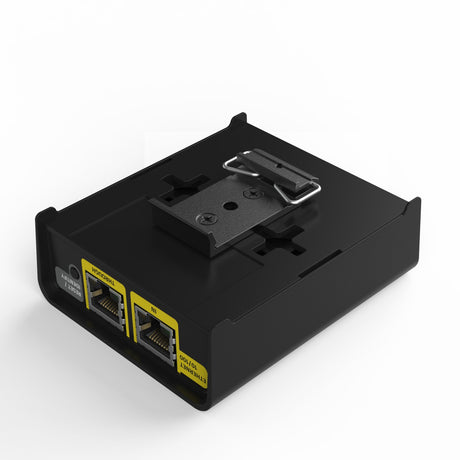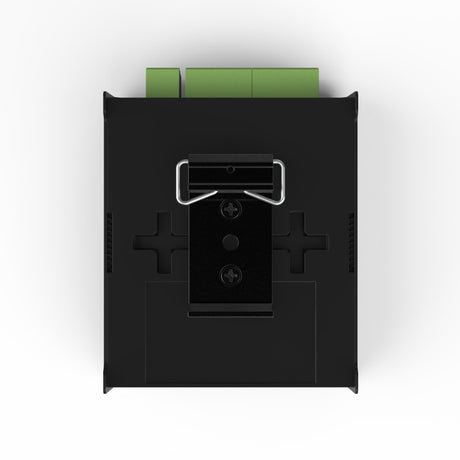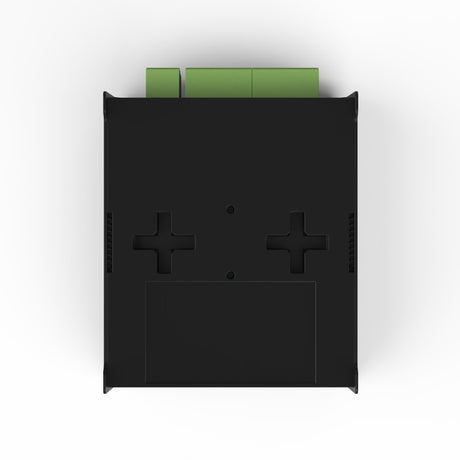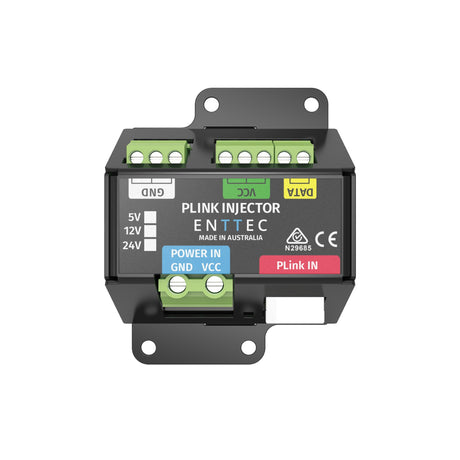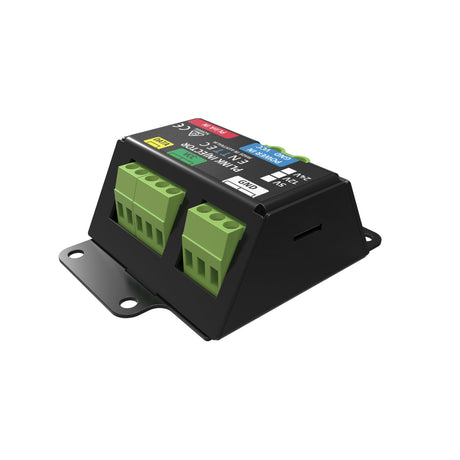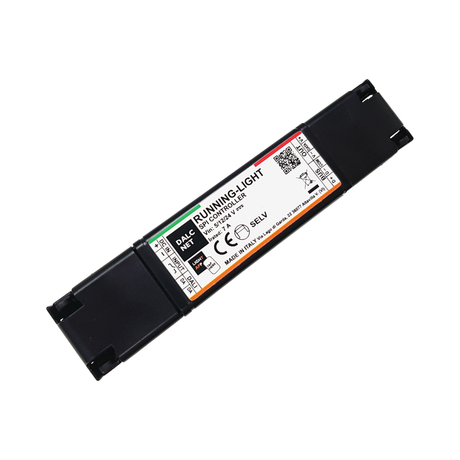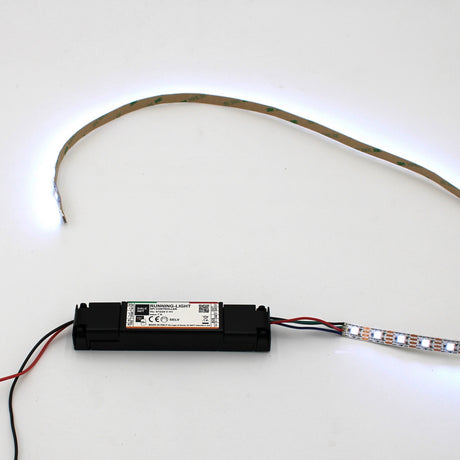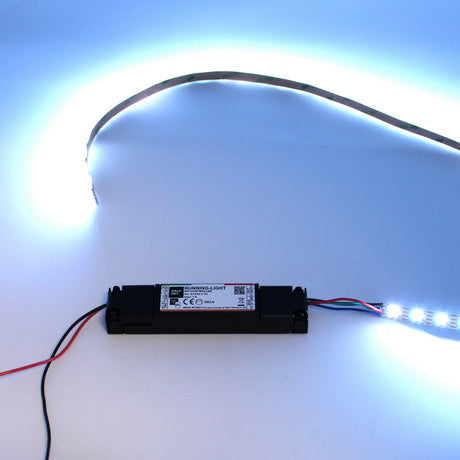Pixel LED Controllers
(4 products)- Featured
- Best selling
- Alphabetically, A-Z
- Alphabetically, Z-A
- Price, low to high
- Price, high to low
- Date, old to new
- Date, new to old
FiltersFilter & Sort
-
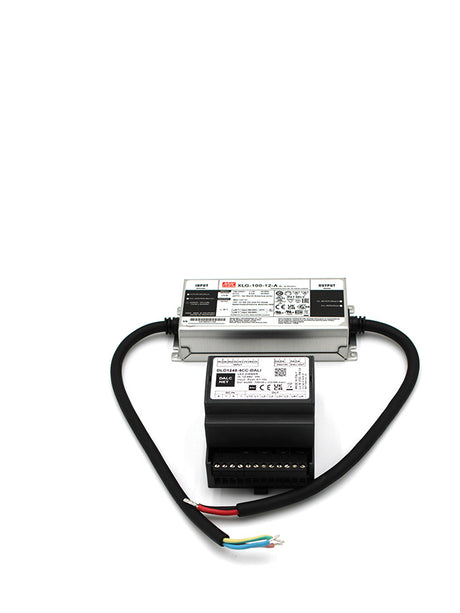 Power supplies
Power suppliesController + Power Supply Discount
Buy any controller and get 10% off any power supply.
SPI Controller for Pixel Digital LED Strip ~ Model RUNNING-LIGHT
$120.72 USD$127.07 USDUnit price /Unavailable
Our range of pixel LED controllers for addressable pixel LED strips, pixel dots, and other pixel LED modules.
What is a Pixel LED Controller?
A pixel LED controller is a device that can control LED pixels individually. The controller can be used to create a wide range of visual effects, from simple patterns to complex animations — ENTTEC's ELM pixel mapping software (free with the purchase of any ENTTEC controller) even supports mapping videos.
Pixel LED controllers are commonly used in applications such as architectural lighting, stage lighting, and digital signage. They are also used in art installations, music festivals, and other events where complex visual effects are desired.
How do you use a pixel LED controller?
Pixel LED controllers are typically controlled via software on a computer or other device such as a smartphone or tablet, but dedicated hardware controllers are also available. Input to the controller is typically via eDMX (DMX over Ethernet). There are many network protocols, but the industry-standard ones are Art-Net and sACN.
Pixel mapping software allows you to create and control effects — once you have configured your setup in the software, you can add patterns, animations, videos, and other effects, and the software will automatically map these to your lighting setup for display. You can redeem a free license for ENTTEC's ELM pixel mapping software with the purchase of any ENTTEC controller.
Because of the way pixel controllers control LEDs, the distance between the controller and the LEDs should be as short as possible to prevent signal degradation, which can lead to flickering and other control issues. ENTTEC's Pixelator series controllers (coming soon to our store) allow large distances of up to 300 meters by virtue of their PLink system.
How do pixel LED controllers work?
Each LED pixel is individually addressable, meaning that the controller can set the color and brightness of each pixel independently of the others. This allows for complex patterns and animations to be displayed on the LEDs.
A pixel LED controller controls the LEDs based on input from a computer or other device. The control software or hardware playback device maps the desired output to color and brightness levels for each pixel and sends that data to the controller, and the controller sets those levels on the pixels.
The LED pixels themselves are typically controlled by the controller using a serial protocol (referred to as an SPI protocol). The exact protocol depends on the LED chips used, but the core principles are the same across protocols. Different controllers support different pixel protocols, so be sure to check that your LEDs and controller are compatible before purchasing. ENTTEC controllers support virtually every SPI pixel protocol, and allow you to create custom ones if yours is not supported by default.
Factors to consider in choosing a pixel LED controller
How many LEDs you need to control
Different pixel controllers have different limits on how many LEDs they can control. An LED pixel typically uses one DMX channel (8 bits) per color channel — 3 for RGB pixels, 4 for RGBW pixels. Some pixels have a high-resolution mode that uses two DMX channels (16 bits) per color channel to enable more precise color and brightness control, with the caveat that a controller will only be able to control half as many pixels when using this mode. You can use multiple controllers to control more LEDs — some controllers have a chaining feature where you can link them together and control them all in sync.
Output protocol compatibility
Different strips and modules use different protocols. It depends on the LED chips/on-board controllers used. Ensure that your controller supports your LEDs before purchasing. (You can contact us for help with this!) ENTTEC controllers support virtually every SPI pixel protocol, plus "custom" protocols via their custom protocol creator.
Input protocol compatibility
eDMX is DMX over an Ethernet network, and there is a wide variety of protocols for this. Art-Net and sACN are two industry-standard protocols. Different controllers support different protocols — ENTTEC controllers support most. Confirm that the controller's protocol is supported by your control software or control device. (Or the other way around, if you do not have control software yet.) Feel free to contact us if you need help!
Connectivity
eDMX is the industry standard for connecting to pixel controllers, with configuration of the controller usually possible via a web interface. Bear this in mind if you cannot use eDMX or need to connect the controller to a different system. Adapters, converters, bridges, and gateways are available to convert between different protocols and hardware connections.
Distances
Controllers typically need to be within a small distance of the LEDs to avoid signal degradation. ENTTEC's Pixelator series controllers (coming soon to our store) allow large distances of up to 300 meters by virtue of their PLink system. Check a controller's specifications for its exact requirements.
Your cart
